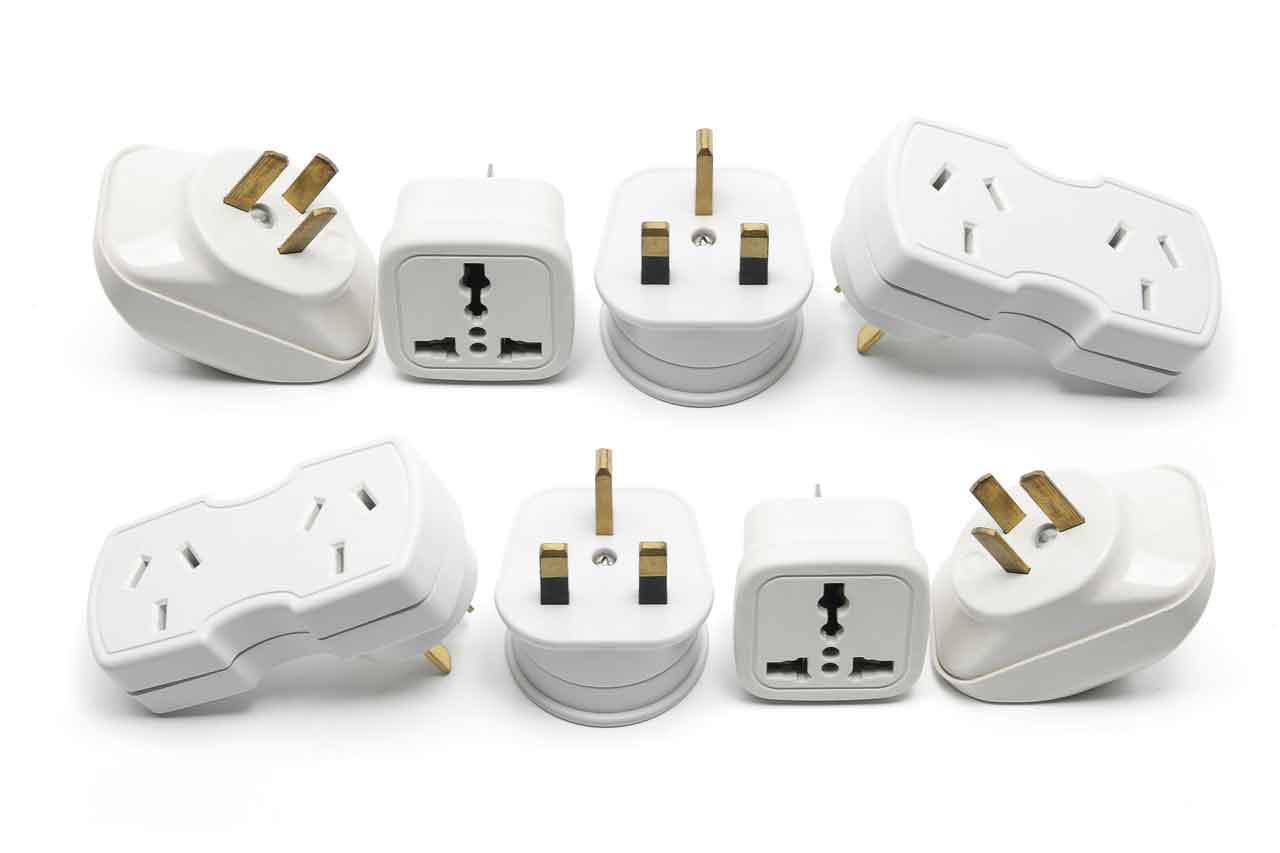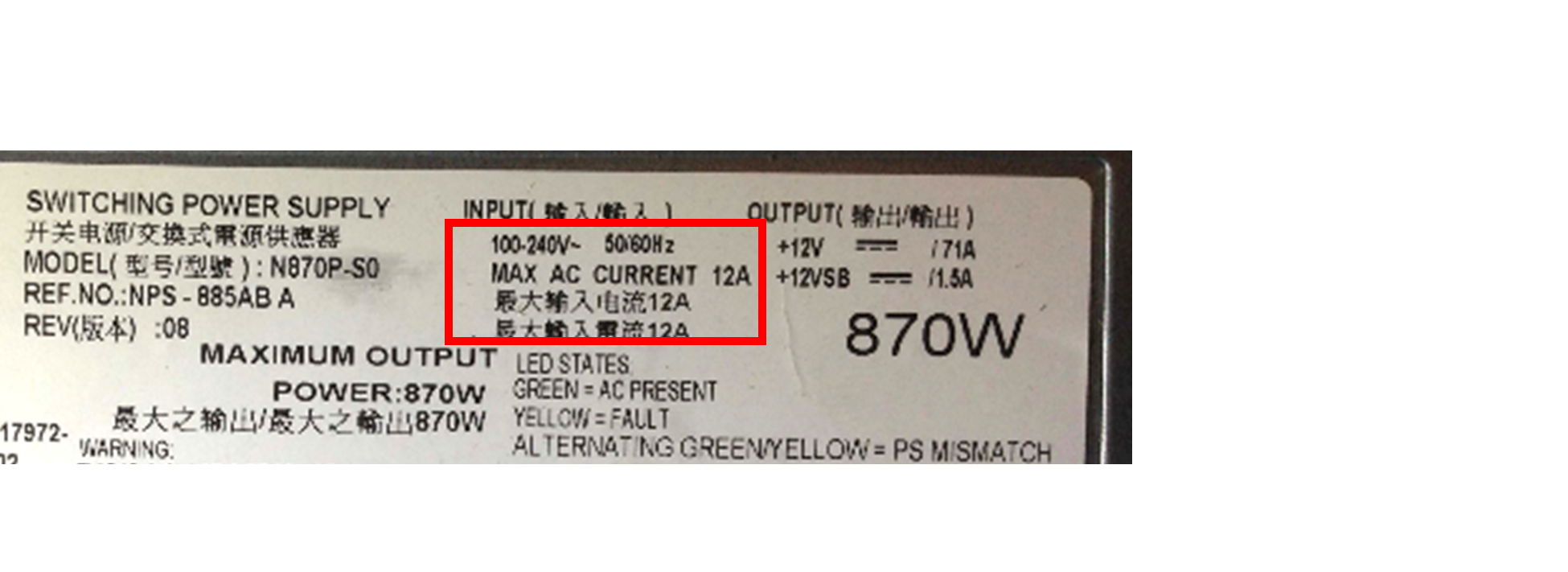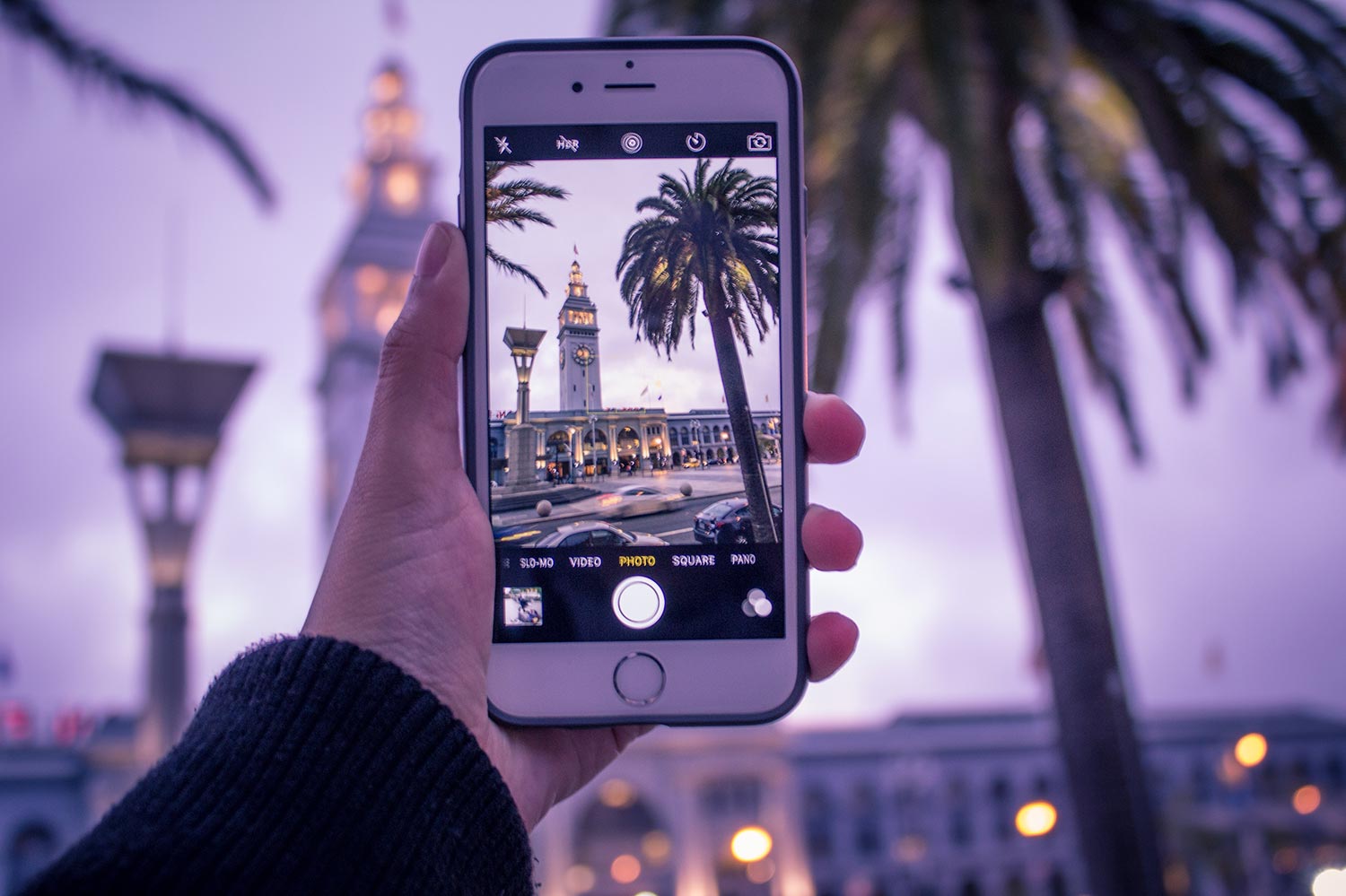
Shedding Light on Electricity
The Short Scoop
Plan ahead and ensure that your small appliances are compatible with the local electrical standards in the country you will be visiting. Be sure to check your devices to ensure that both the voltage and frequency needed are in line with the local standards.
Check the outlet types used where you’ll be and bring an adapter as needed. Remember that an adapter does not change the electrical supply if it’s not compatible with your devices.
If your devices are not compatible with the local electrical source, you can use a power converter, but be certain that the converter wattage is sufficient for the devices you plan to use it with.
When in doubt, don’t take a chance! Electric provides us with many of the modern conveniences that we enjoy but can be dangerous if not handled with care.
Voltage Explained
While traveling, voltage compatibility with your devices and small appliances is probably the most important electrical consideration. Devices that are not compatible with the local voltages will not operate correctly, may be permanently damaged, and worst of all, could be dangerous and cause property damage or injury.
Electrical voltage sometimes referred to as “V”, is similar in many ways to the pressure in a water pipe. If you think about a hose used to water your garden in comparison to a pressure washer used to clean buildings, the main difference is the force of the water coming from the hose. Putting high pressure through a garden hose would not work out well. The same is true for electrical voltages.
The voltage supplied by the local power grid varies from country to country but is between 110V and 240V in almost all cases. Many devices are compatible with this entire voltage range, but some are not. Be sure to check before you leave! A device compatible with the only 110V, plugged into a 240V power outlet, will likely overheat and could cause burns or start a fire.

Generally, more care is required when handling higher pressure in the pressure washer. The same is true for higher voltages.
Similarly, a lower voltage source of electricity, say a AAA battery, which provides 1.5 volts of power, supplies electricity at a much lower volume and with much lower “pressure” than a 240V wall outlet. The AAA battery can be used to power a radio or small flashlight, however, a 240V source can be used to power the stove and oven in your kitchen.
The voltage supplied by the local power grid varies from country to country but is between 110V and 240V in almost all cases. Many devices are compatible with this entire voltage range, but some are not. When traveling to another country, it’s essential to check the compatibility of the local voltage with the devices you plan to bring with you. A device compatible with only 110V, plugged into a 240V power outlet, will likely overheat and could cause burns or start a fire.
Electrical voltage sometimes referred to as “V”, is similar in many ways to the pressure in a water pipe. If you think about a hose used to water your garden in comparison to a pressure washer used to clean buildings, the main difference is the force of the water coming from the hose. The lower pressure garden hose will supply water at lower volumes and with significantly less force than the pressure washer. Each is suitable for various purposes, depending on the job at hand. Generally, more care is required when handling higher pressure in the pressure washer. The same is true for higher voltages.
Frequency Explained
You may have also noticed a “Hz” designation when checking the power compatibility of your devices. Hz is short for Hertz, which is a measure of the frequency of the electrical power expected by the device.
The frequency of power sources in countries around the world typically varies from 50 Hz to 60 Hz. It’s also important to ensure that your devices are compatible with the frequency of the electrical grid in the countries that you are planning to visit. Most devices are compatible with both 50 Hz or 60 Hz, but you should check for their sake and yours.
Adapters & Converters
If you’ve traveled outside of your home country, you have undoubtedly noticed that the plugs and wall outlets can look very different and are not always compatible. Try plugging your North American laptop charger into an outlet in Europe and you’ll quickly see what I mean.
There are two ways to ensure that you can charge or use your devices when they have a plug that is not compatible with the local outlets, using an adaptor or using a power converter, also known as a transformer.
An adapter is useful ONLY when your device is COMPATIBLE with the local electrical standards. An adapter plugs into the outlet, using the locally standard prongs, and provides an alternate outlet that is compatible with the plugs on your devices. An adapter DOES NOT CHANGE THE VOLTAGE OR FREQUENCY provided by the primary outlet. Before using an adapter to plug in one of your devices, you MUST CHECK to ensure that the voltage and frequency are compatible with the local standards.
There are many adapters available on the market, most of which are inexpensive and convenient. They often come in kits or with various plug formats, that provide compatibility with the standards in multiple countries. Some even include a USB port that would allow you to charge our favorite portables such as phones and tablets.

Adapters come in a variety of shapes and sizes, often in kits that are designed for your home country’s electrical needs.
Know Before You Go
Most devices have labels or markings that indicate their compatible voltages and frequencies. The label below is typical of the type of information you will see on these labels. In some cases, the information can be very tiny, and hard to read. If so, take a picture with your phone and blow it up to read it.
In this example, the device is compatible with all voltages between 100V and 240V and all frequencies between 50 Hz and 60 Hz. This device could be used nearly anywhere, with only an outlet adapter – no power converter required.

Country-Specific Information
Can you imagine not being able to charge your phone or your camera on that long-awaited trip? Planning ahead and ensuring that you’re prepared will go a long way toward avoiding inconvenience and disappointment.
Our world is a big place and it’s hardly surprising that there are various electrical power standards in use around the globe. As a result, you will find that there are numerous plug types also in use. In fact, they are designated as Type A through Type O. A bit of knowledge and planning can go a long way to traveling safely with your electrical devices.
Click here to download a summary of the electrical voltage standards and outlet types by country.


